By : Islam Yousry
In our ever-accelerating world, it’s easy for an organization’s most valuable asset—its people—to feel sidelined by high-stakes deadlines and shifting priorities. Yet employees increasingly crave growth beyond the confines of their day-to-day tasks. That’s where “employee development initiatives” come into play. For forward-thinking businesses, crafting robust “career growth programs” isn’t just a tick on the HR checklist; it’s a strategic investment in your company’s future.
With a deluge of headlines about the evolving workplace, it’s no surprise employees desire constant “learning and development.” We see it even in remote work settings—individuals want access to “skill development programs” that help them stay relevant, competitive, and prepared for whatever’s next. If managers merely assign tasks without offering a vision for growth, employees may look elsewhere for new challenges.
Employees often have lofty ambitions—like aiming for leadership roles or mastering advanced data analytics. But for those aspirations to remain more than pipe dreams, organizations must offer ongoing support. Think of programs that offer incremental steps toward larger goals, such as assigning mentors or providing access to advanced certifications. By celebrating each milestone, you create a sense of real progress and cultivate loyalty along the way.
Let’s face it: even the sleekest program sits on paper if there isn’t a culture backing it. A culture that truly embraces “employee development initiatives” permeates all levels of management, with leaders dedicated to nurturing their teams. If an employee feels their manager will penalize them for taking time out to learn, they’ll never fully invest in training. By contrast, in an environment that praises effort and intellectual curiosity, new ideas and skill sets emerge organically.
Quantifying success is critical for any “professional development strategy.” Keep tabs on employee retention rates, promotions, and the overall sense of job satisfaction. If participants feel stalled despite these programs, gather honest feedback through surveys or focus groups and adapt accordingly. Consistently benchmark your efforts to ensure you’re hitting the mark—or better yet, setting a new standard.
It’s tempting to cast aside robust development plans when the next crisis hits. Yet the companies that endure—and thrive—are those that view “learning and development” as more than a fleeting trend. By building structured, supportive pathways, you’re not just evolving your workforce, you’re shaping an organization that outlasts short-term challenges. After all, an army of constantly growing, engaged employees sets the stage for sustainable innovation.
In the final analysis, a commitment to “career growth programs” is a commitment to your people. Employees who see a clear path for advancement, guided by supportive leadership and practical resources, invariably repay that investment with loyalty, creativity, and dedication to shared goals. If that’s not a recipe for a strong and enduring organization, what is?


Get in Touch
Cairo
East Lane, Plot number B- 340, El Banafseg 11, Cairo Governorate
Tel.: 002 0220 21615
Riyadh
Eastern Ring Branch Rd, Ar Rabwah.
Contact Us
[email protected]
Get in Touch
Riyadh
Eastern Ring Branch Rd, Ar Rabwah.
Cairo
East Lane, Plot number B- 340, El Banafseg 11, Cairo Governorate
Tel.: 002 0220 21615
©2024 I GoldinKollar I All Rights Reserved